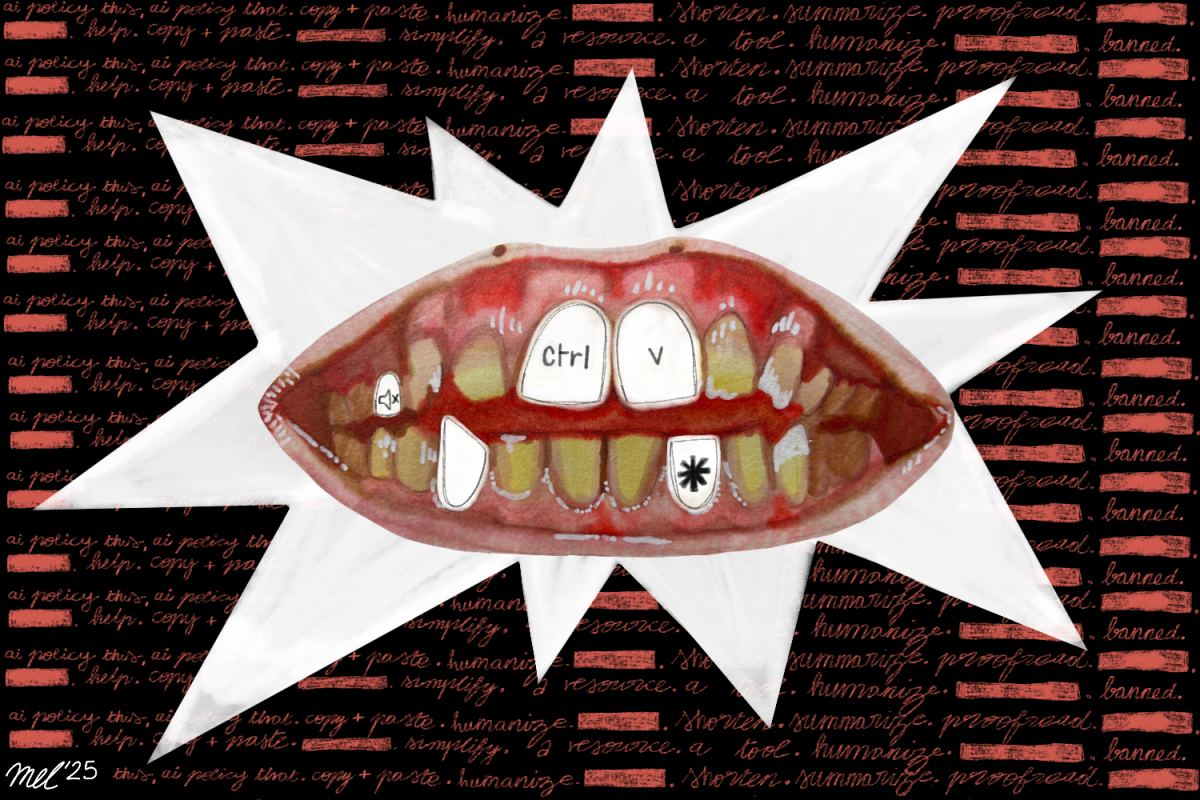In a world with no guns, 438 students, administrators, teachers or security guards would not have been shot in while simply attending school since Sandy Hook. In a world with no guns, 8,900 teenage boys and men would not be able to take each other’s lives in a gang-related homicide each year. In a world with no guns, Trayvon Martin would not be famous. In a world with no guns, 96 people a day would not be killed by the pull of a trigger.
Every day, black boys walk in the valley of death as their communities are plagued by gun violence. According to a 2004 study conducted by the Center for Disease Control, homicide was the primary cause of death for black males between the ages 15-19.
Thousands are victims to gun violence in Chicago each year. Since 2012, there have been more than 16,000 people shot in Chicago alone.
In journalist Ian Pannell’s documentary “Life and Death on the Lost Streets of Chicago” he follows the life of local rapper CTC Duwop, who reveals that in his circles, possession of guns is treated like a necessary means of survival — it is the dominant culture. Your heart sinks watching a video of young males wearing red masks covering their faces while holding a gun in one hand and marijuana in the other. These weapons are acquired and used with the intent to kill.
In the documentary, Duwop’s friend in the neighborhood said: “It’s like they dropped off crates of guns in everybody ‘hood, like it’s designed for a motherf—er to lose.” If you get caught with a gun, you are incarcerated — but you also need one to protect yourself.
Selling drugs is a means of economic advancement, as jobs that pay more than minimum wage are often hard to find. As selling drugs become territorial, gangs form to regulate it, and that’s when the guns get involved. That’s the cycle, and it needs to end.
This weekend, a magical thing happened. Unity occurred on a national front as class, race and gender lines were blurred. The recognition of gun violence as an “everyday problem” has been placed at the forefront of the movement, led by activist Trevon Bosley.
“March for Our Lives” became an intersectional movement, thanks to the youngest minds of our nation. Jaclyn Corin, a Parkland survivor said: “But we share this stage today and forever with those communities who have always stared down the barrel of a gun.” The stage was shared this weekend with 11-year-old Naomi Walder, who gave a voice to those who are unrepresented by the media: “I’m here to acknowledge their stories. To say they matter. To say their names. Because I can. And I was asked to be. For far too long, these names, these black girls and women, have been just numbers. I’m here to say never again for those girls too.”
In America, a 6-year-old girl named Tacarra Morgan can get shot outside of her own home. In America, students and teachers get shot in their classrooms. In America, 38,658 people die in a year from gun-related incidents. But also in America, a revolution is coming.
To some extent, I feel selfish for trying to tackle such a subject as I am so far away from the pain, and because this article cannot bring back lives. But what it can do is raise awareness. So, for the 17 from Parkland, the 26 from Sandy Hook, the 13 from Columbine, the mothers and fathers and sisters and brothers, for those victims of police brutality, for all of the shootings the media fails to mention, for those affected by gun-inflicted suicide, for those who are desensitized to gun violence because of its normalcy and for the hundreds and thousands of lives that I have failed to mention not because they are unknown or unheard, but because I do not have enough room on this page — we continue to fight.
And also to the kids who have spoken and reassured us all that the future of this country is indeed bright: Thank you.




















































































































